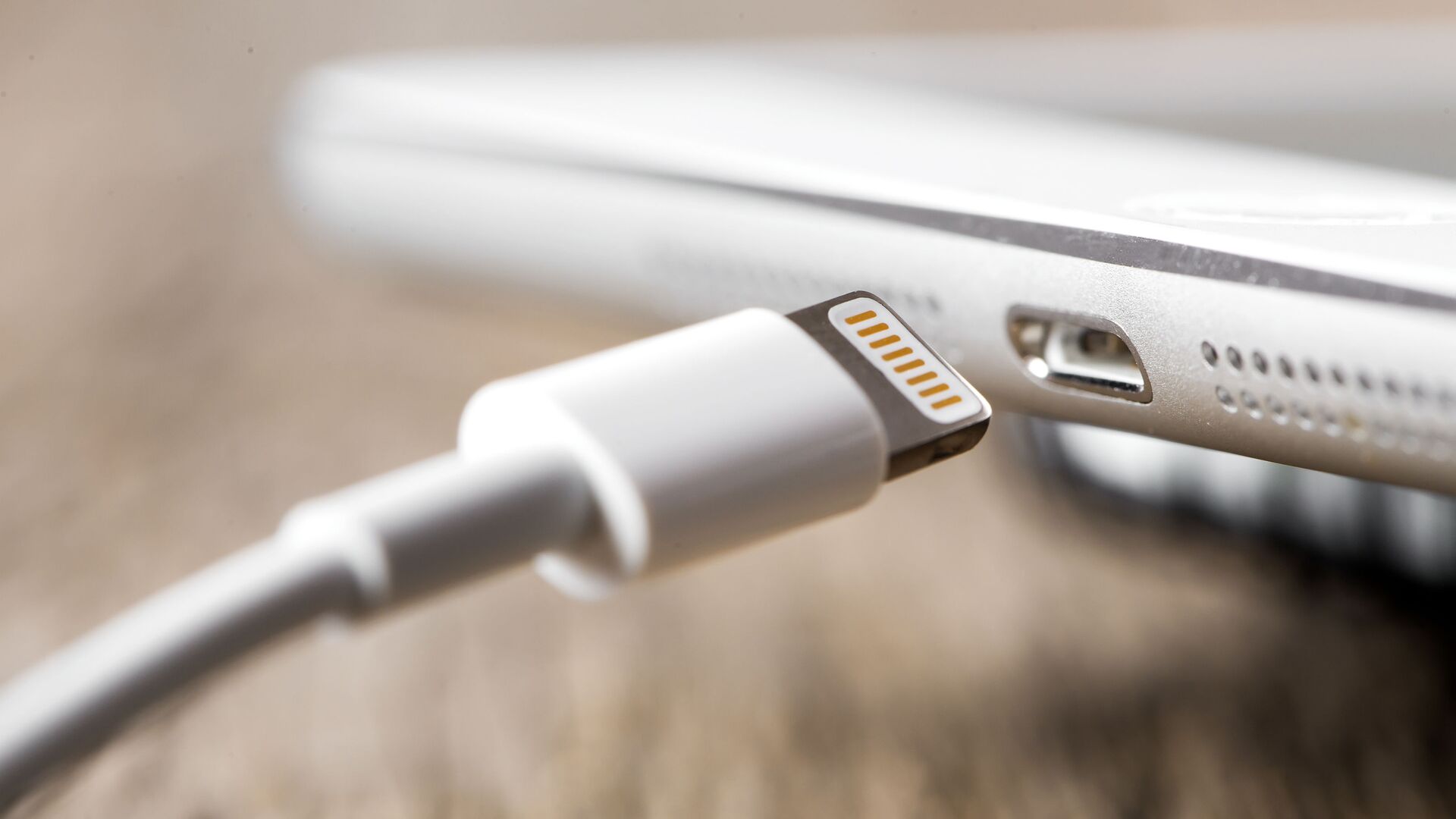https://sputnikglobe.com/20230502/knock-on-wood-worlds-first-timber-transistor-conducts-electricity-1110020868.html
Knock on Wood: World's First Timber Transistor Conducts Electricity
Knock on Wood: World's First Timber Transistor Conducts Electricity
Sputnik International
The result of the cross-disciplinary proof-of-principle effort paves the way for further development of organic electronics.
2023-05-02T06:31+0000
2023-05-02T06:31+0000
2023-05-02T06:31+0000
beyond politics
science & tech
sweden
kth
electronics
scandinavia
https://cdn1.img.sputnikglobe.com/img/07e7/04/0b/1109344118_0:0:3221:1813_1920x0_80_0_0_52ddb6d44bcaa2a91edb76d9a5a069b0.jpg
The world's first transistor made of wood has been developed by researchers at Linkoping University and the Royal Institute of Technology (KTH), Sweden.Transistors were invented nearly a hundred years ago, and are seen as an important milestone in technological development, on par with the telephone and the light bulb. Today, they are a key component in modern electronics and are manufactured down to the nanoscale. A transistor regulates the current that passes through it and can also function as a switch.Previous attempts to make transistors out of wood have only been able to regulate ion flux and stopped working when the ions ran out. The new development, on the other hand, can function continuously at a selected output signal level. It can also turn the power on and off, albeit quite slowly – "off" took about a second and "on" about five seconds.The transistor was created from balsa wood, which was chosen for its even structure and lack of annual rings. Then the researchers removed the lignin, an organic polymer that forms structural material in support tissues, and all that remained were long cellulose fibers with channels where the lignin had previously been. The final cellulose-based structure was coated with a conducting polymer.Enquist admitted that the wooden transistor was created as a proof-of-principle effort, without any specific application in mind, yet envisaged that it would spur and inspire further research with a clearer and more down-to-earth purpose. Still, possible applications may include the regulation of so-called electronic plants, which is a new technical concept based on the integration of electronics in living plants and a specialty of Linkoping University. It may also promote further development of organic transistors.
https://sputnikglobe.com/20230417/bear-facts-about-how-hibernating-grizzlies-can-prevent-deadly-blood-clots-1109584050.html
sweden
scandinavia
Sputnik International
feedback@sputniknews.com
+74956456601
MIA „Rossiya Segodnya“
2023
News
en_EN
Sputnik International
feedback@sputniknews.com
+74956456601
MIA „Rossiya Segodnya“
Sputnik International
feedback@sputniknews.com
+74956456601
MIA „Rossiya Segodnya“
organic electronic, first wooden transistor, electronic plants, modern electronics, cross-disciplinary effort
organic electronic, first wooden transistor, electronic plants, modern electronics, cross-disciplinary effort
Knock on Wood: World's First Timber Transistor Conducts Electricity
The result of the cross-disciplinary proof-of-principle effort, hailed as a milestone in biophysics, paves the way for the further development of organic and wood-based electronics and control of so-called electronic plants.
The world's first transistor made of wood has been developed by researchers at Linkoping University and the Royal Institute of Technology (KTH), Sweden.
"We have demonstrated a principle that no one else has done before. Certainly, the wooden transistor is slow and clumsy, but it works and the development potential is great," Isak Engquist, assistant professor at the Laboratory of Organic Electronics at Linkoping University, said in a statement.
Transistors were invented nearly a hundred years ago, and are seen as an important milestone in technological development, on par with the telephone and the light bulb. Today, they are a key component in modern electronics and are manufactured down to the nanoscale. A transistor regulates the current that passes through it and can also function as a switch.
Previous attempts to make transistors out of wood have only been able to regulate ion flux and stopped working when the ions ran out. The new development, on the other hand, can function continuously at a selected output signal level. It can also turn the power on and off, albeit quite slowly – "off" took about a second and "on" about five seconds.
The transistor was created from balsa wood, which was chosen for its even structure and lack of annual rings. Then the researchers removed the lignin, an organic polymer that forms structural material in support tissues, and all that remained were long cellulose fibers with channels where the lignin had previously been. The final cellulose-based structure was coated with a conducting polymer.
Enquist admitted that the wooden transistor was created as a proof-of-principle effort, without any specific application in mind, yet envisaged that it would spur and inspire further research with a clearer and more
down-to-earth purpose. Still, possible applications may include the regulation of so-called electronic plants, which is a new technical concept based on the integration of electronics in living plants and a specialty of Linkoping University. It may also promote further development of organic transistors.



